In early April 2025, in Quang Ngai City, a large-scale scientific workshop was organized by the Provincial Union of Science and Technology Associations (Union) in collaboration with the United Nations Development Program (UNDP), to summarize the journey of more than 2 years of implementing the project "Sustainable livelihoods for coastal communities in Binh Son through empowering communities to preserve ecosystems and indigenous knowledge culture in the context of industrialization and modernization" (project). This is also an opportunity for scientists, authorities and communities to sit together and look at a promising development model.
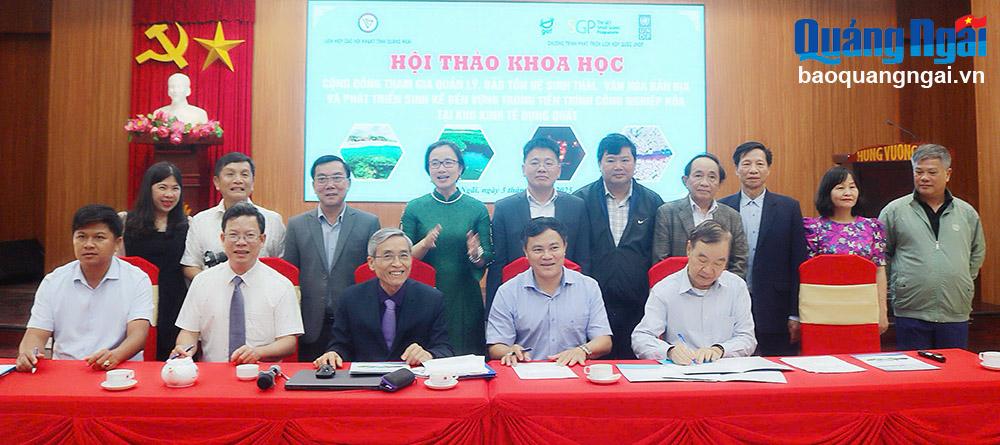 |
| Signing of working minutes with the content of exchanging and discussing on transferring management rights to the community to protect aquatic resources associated with protecting the ecosystem, landscape and environment at Bau Ca Cai mangrove forest. |
The project is chaired and implemented by the Union of Associations in the communes of Binh Hai, Binh Thuan, Binh Phuoc and Chau O town (Binh Son), with funding from UNDP and counterpart funding from the province. After more than 2 years, a sustainable livelihood development model has gradually taken shape, based on 3 closely linked pillars: Ecosystem conservation, preservation of indigenous culture and improving livelihoods for the community. This model is built on the spirit of empowering people to protect, regenerate and exploit aquatic resources; helping to monitor and protect ecosystems and environmental landscapes; and at the same time developing livelihoods and improving the lives of the community.
During the project implementation, community tourism and rural agricultural tourism were prominent directions. In the communes of Binh Hai, Binh Thuan , Binh Phuoc and Chau O town, many tourist attractions have been formed based on existing ecological and cultural values. From 2022 to now, more than 81 thousand visitors have visited, bringing in revenue of over 1.4 billion VND. Although the number is not large, it is meaningful in forming a new economic sector.
People are both beneficiaries and participants in all activities, from organizing ecotourism, community tourism, producing OCOP products, and sustainable fishing. The model of the Bau Ca Cai mangrove ecosystem protection community group in collaboration with the Bau Ca Cai tourism service cooperative in Binh Thuan commune is a vivid example where the community organizes and operates ecotourism activities. “The white cajuput forest has now been restored, blocking wind, preventing erosion and creating fresh air. We hope that the government will cooperate with businesses to protect the environment, creating conditions for the white cajuput forest to develop and attract a large number of tourists,” said Mr. Nguyen Khuong, a member of the Bau Ca Cai community group and tourism service cooperative.
Dr. Lam Ngoc Tuan - an independent evaluator of the project, commented that when mentioning Binh Son district, people immediately think of factories, economic zones, and industrial parks. The great role of industry in economic development cannot be denied, but its downside is that the ecosystem is narrowed, and people lose their traditional livelihoods. "This project is the right step to compensate for those negative impacts. It proves that industrial development and environmental protection are not contradictory, if we have the right approach. Let the remaining nature be protected by the community - the people who live with, understand and depend on that ecosystem," said Dr. Lam Ngoc Tuan.
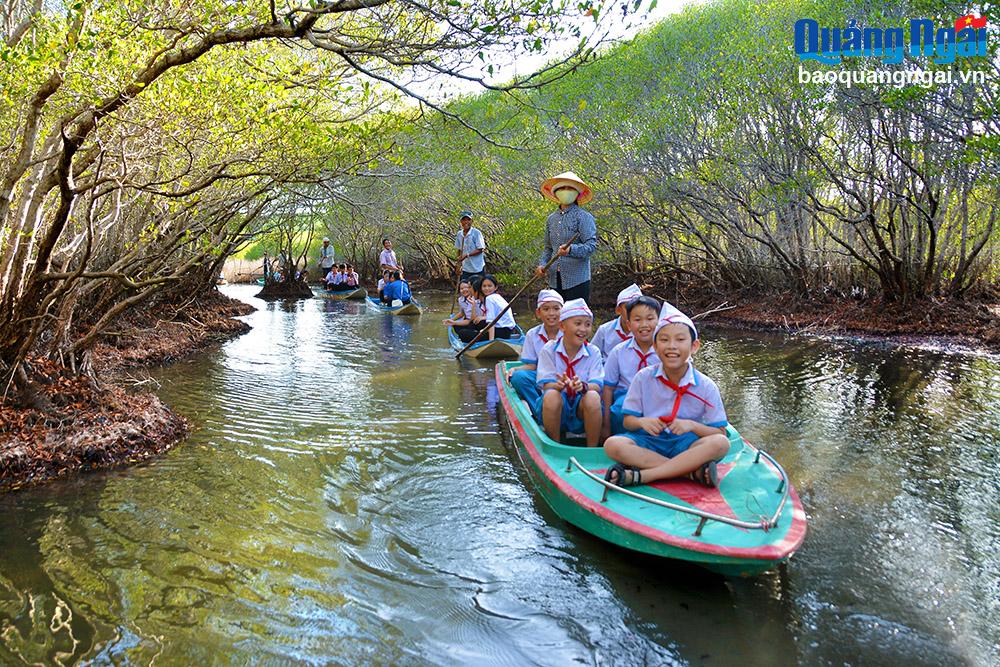 |
| Students visit Bau Ca Cai mangrove forest, Binh Thuan commune (Binh Son). Photo: TAN PHAT |
In addition, businesses are encouraged to cooperate with the community, become customers and partners in consuming local products, and promote livelihoods associated with natural resources. A cycle is established: Businesses develop, communities stabilize, and nature is preserved.
Another highlight of the project is the awakening and preservation of indigenous cultural knowledge. Values that were thought to be forgotten in the flow of industrialization are now revived through experiential tourism activities, craft villages and community education programs. A typical example is My Thien pottery village - a traditional craft village that is being oriented by the locality to be restored. This pottery product has a strong identity and is introduced to tourists throughout the project implementation process. Although there are still limitations in terms of aesthetics and commerce, the re-establishment of craft villages is an important step to preserve cultural memories and create jobs, increasing income for people.
“The project results are the beginning of a new livelihood model, while ensuring the balance of the marine ecosystem in Binh Son district. To continue to maintain it effectively in the coming time, the government will have sustainable solutions. The locality will continue to improve the legal corridor, creating conditions for community groups to operate effectively. In particular, there will be orientations and policies to continue to improve suitable tourism products from the project models,” emphasized Binh Son District Party Secretary Nguyen Tuong Duy.
According to local leaders, during the project implementation, My Thien pottery was introduced and received the attention of many tourists. However, the products still have certain limitations related to aesthetics, industrial perfection and commercialization. Therefore, Binh Son district has a policy to re-establish the craft village to continue to develop a stable and sustainable model in the future.
After more than 2 years of accompanying the project, UNDP National Coordinator Nguyen Thi Thu Huyen recognized that the project implementation space is an ideal learning environment, so we propose that the province needs to further connect with universities to bring students here to study and gain practical experience. This not only helps improve students' capacity, but also creates opportunities for the community to promote culture, connect with academia, and open wider doors for exchange.
From the initial successes in Binh Son district, the sustainable livelihood model needs to be spread and replicated throughout the province, especially towards the mountainous districts of the province. This is not only an economic model, but also a comprehensive development approach, placing people at the center in accordance with the Party and State's policy on sustainable development.
Article and photos: TRINH PHUONG
RELATED NEWS, ARTICLES:
Source: https://baoquangngai.vn/trang-dia-phuong/huyen-binh-son/202504/hieu-qua-tu-mo-hinh-sinh-ke-ben-vung-4f800eb/


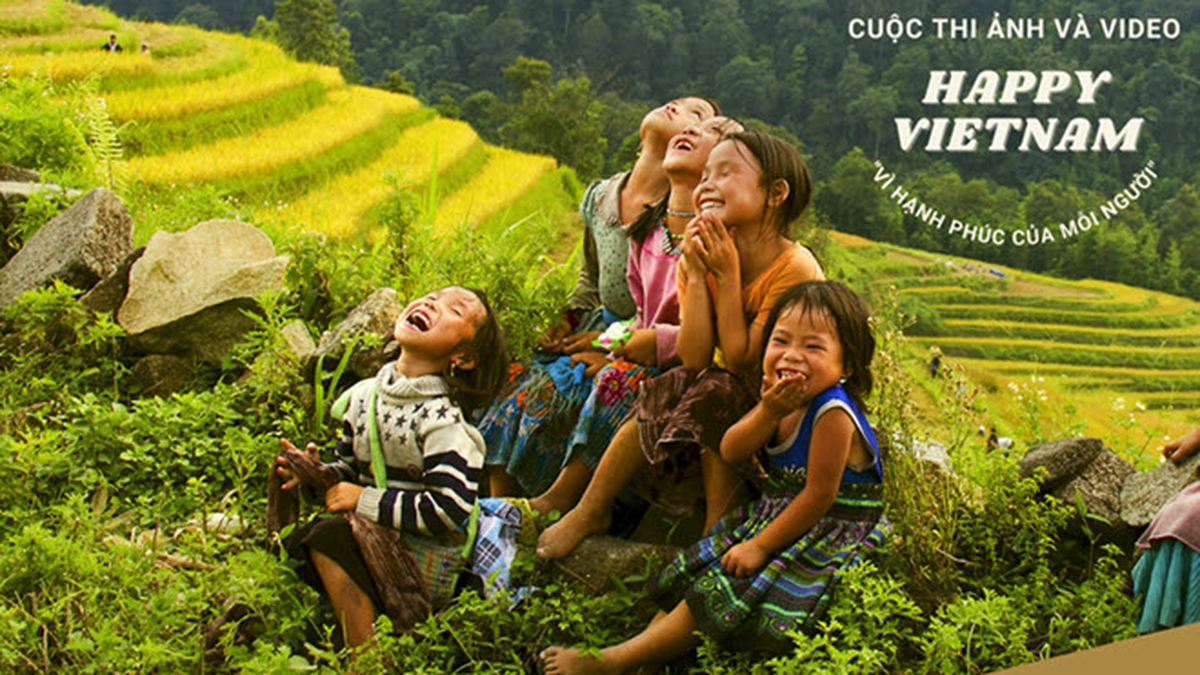
![[Photo] Closing of the 14th Conference of the 13th Party Central Committee](https://vphoto.vietnam.vn/thumb/1200x675/vietnam/resource/IMAGE/2025/11/06/1762404919012_a1-bnd-5975-5183-jpg.webp)


![[Photo] Prime Minister Pham Minh Chinh receives the delegation of the Semiconductor Manufacturing International (SEMI)](https://vphoto.vietnam.vn/thumb/1200x675/vietnam/resource/IMAGE/2025/11/06/1762434628831_dsc-0219-jpg.webp)



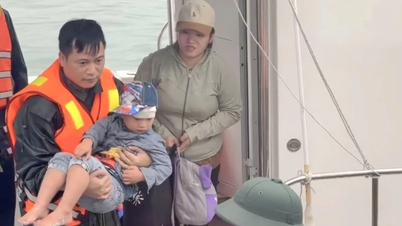

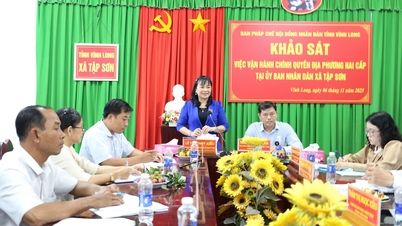

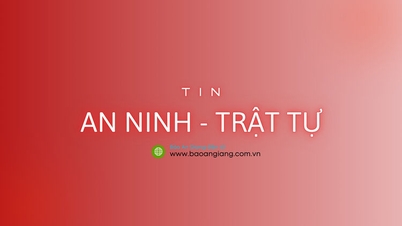

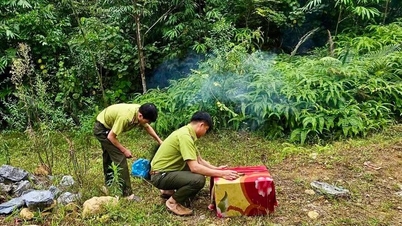

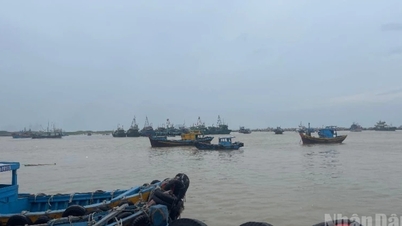


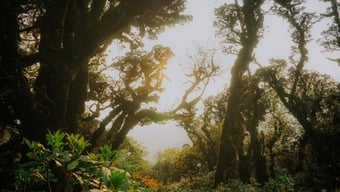


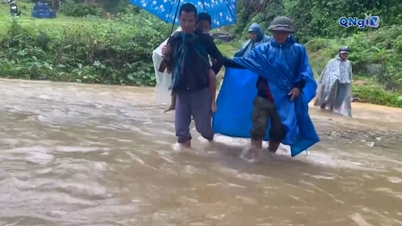


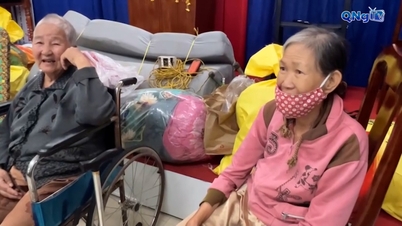















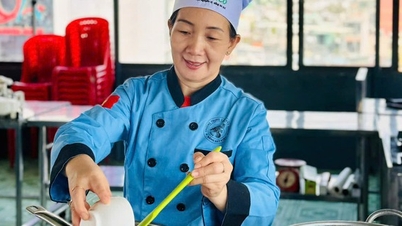





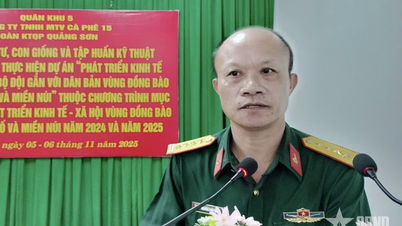



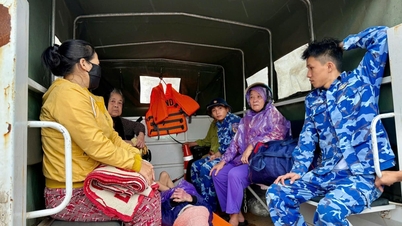

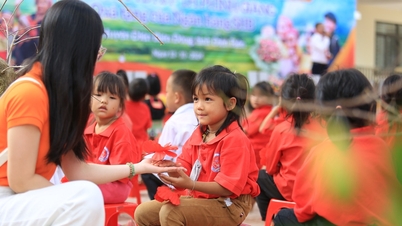

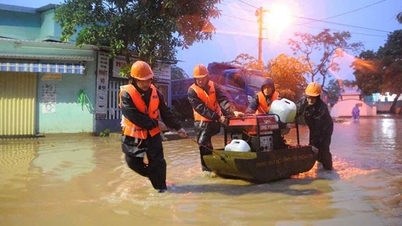

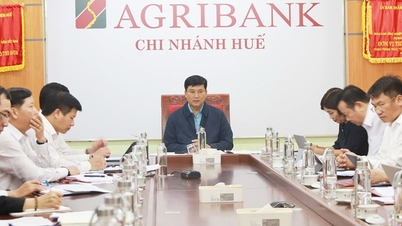


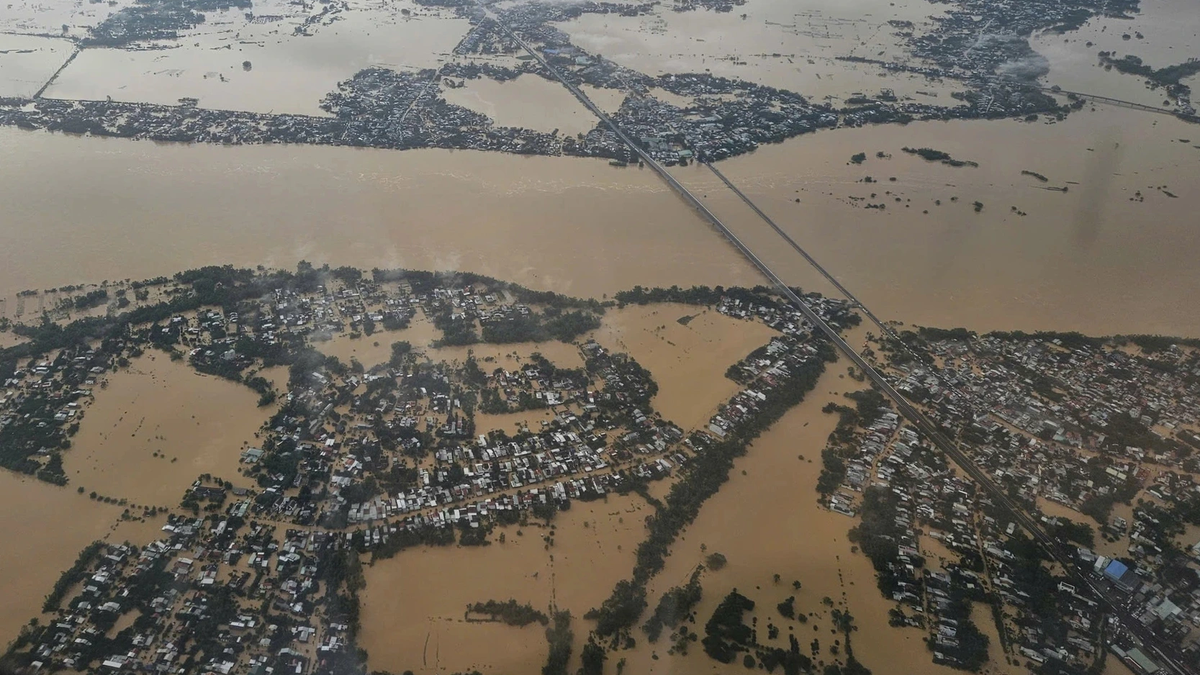


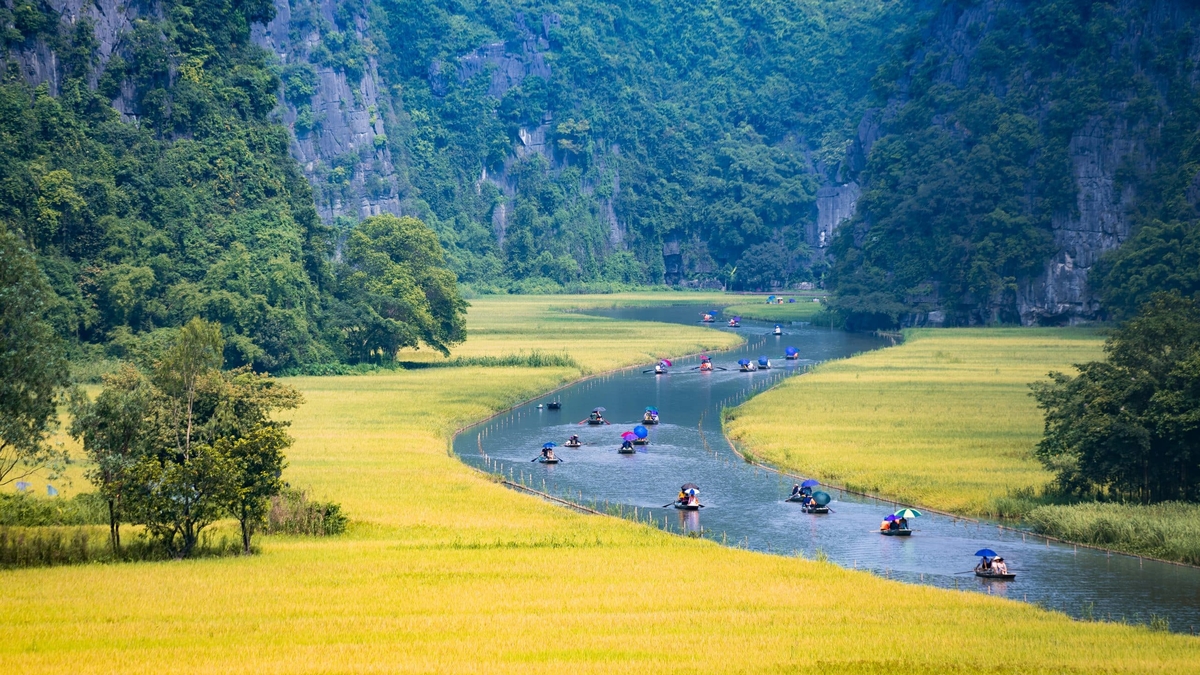
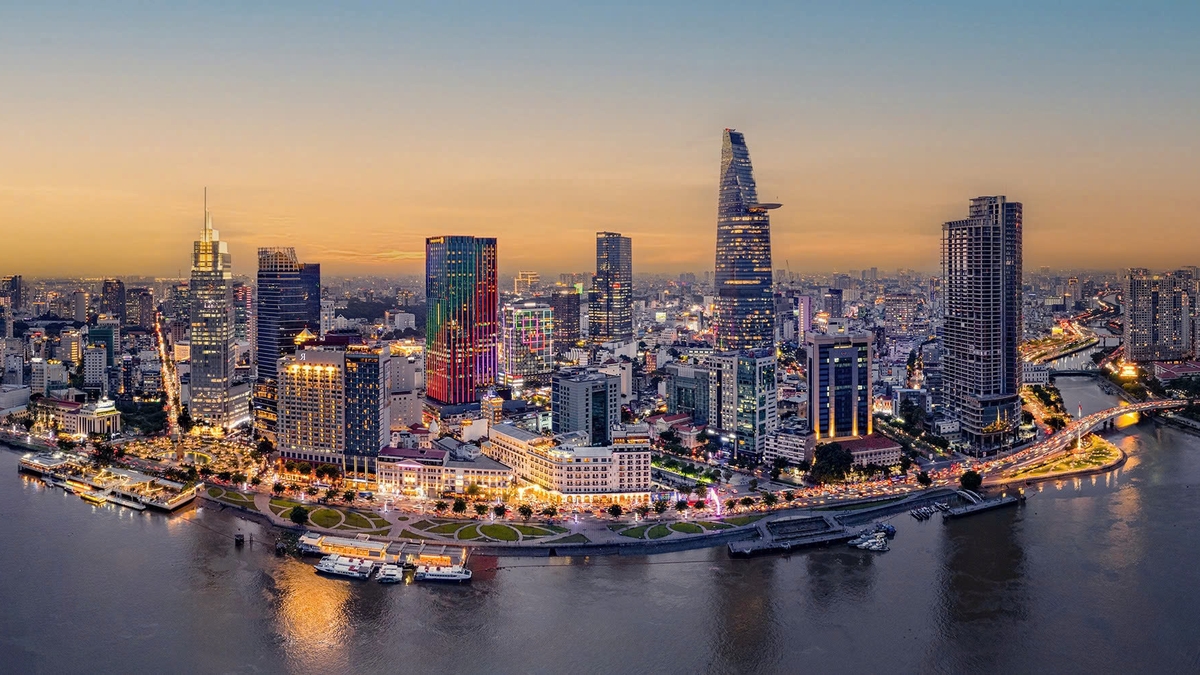
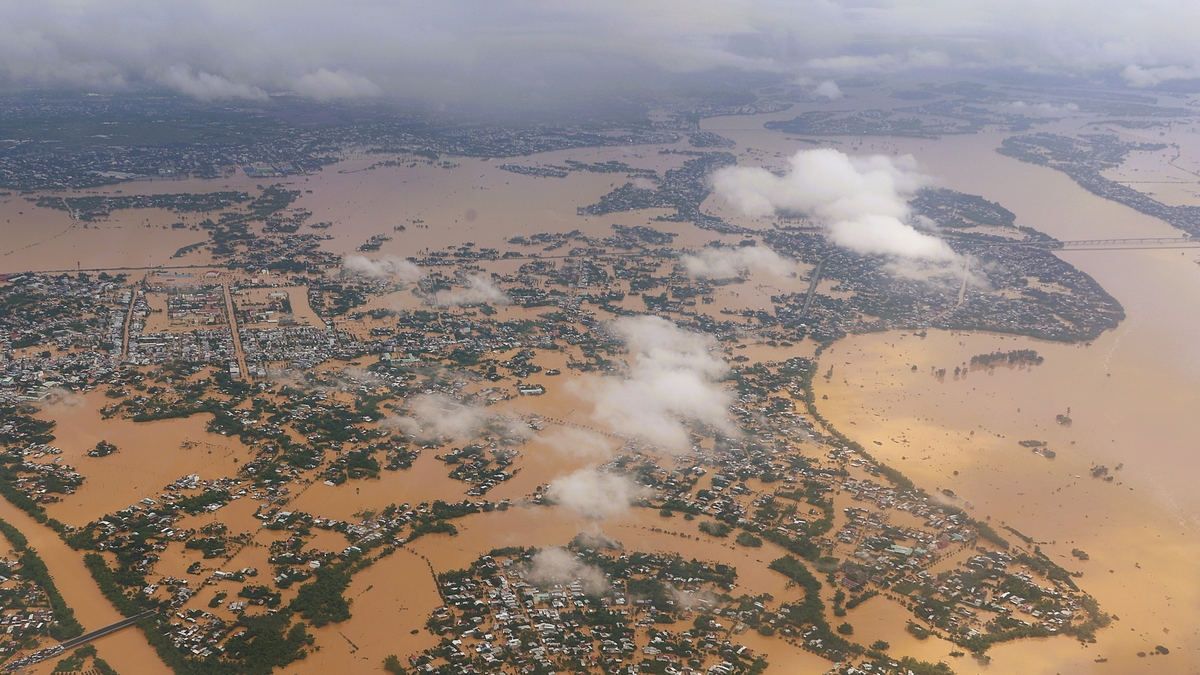



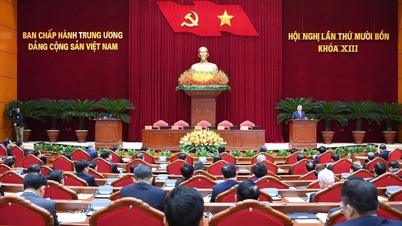
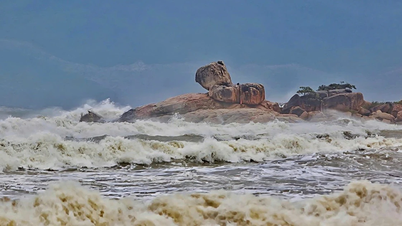

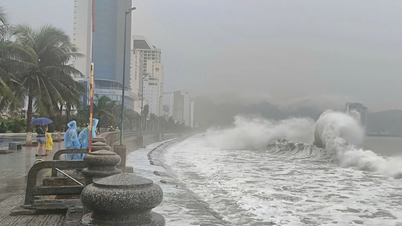








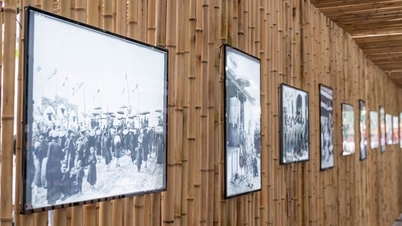

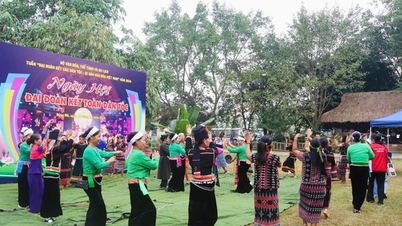




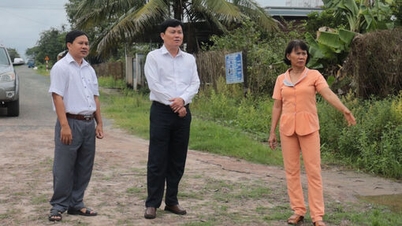

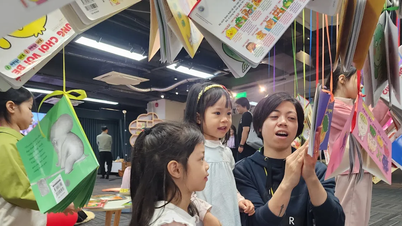
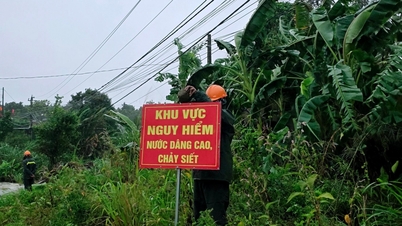








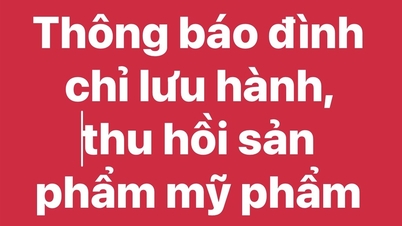




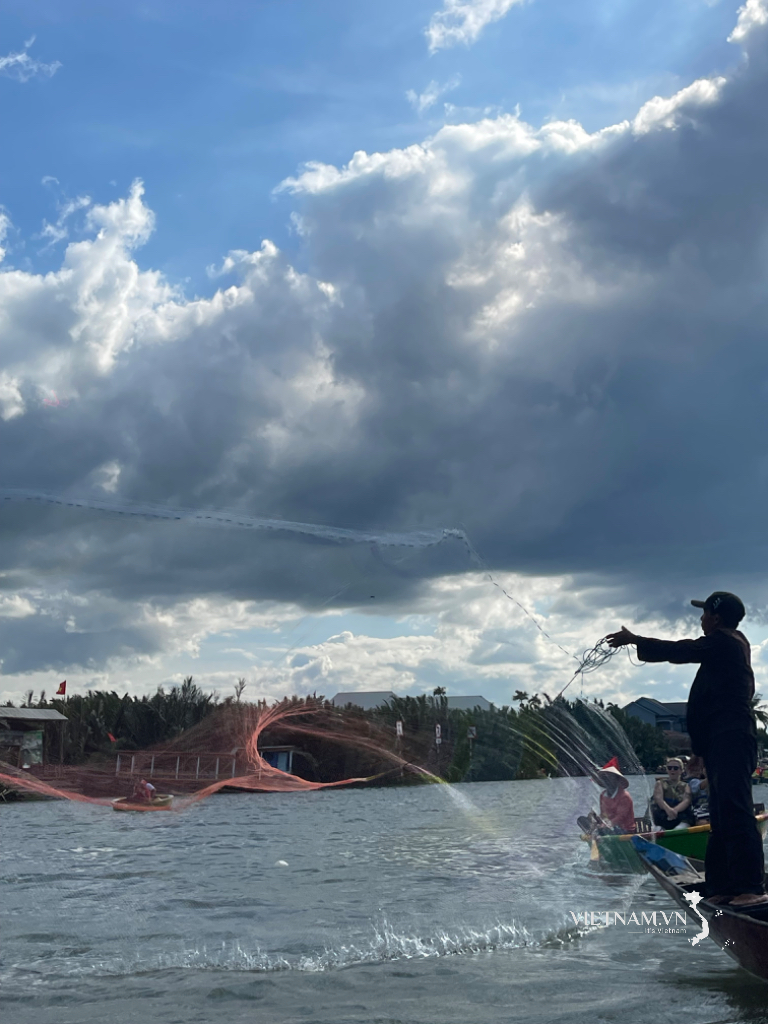

Comment (0)